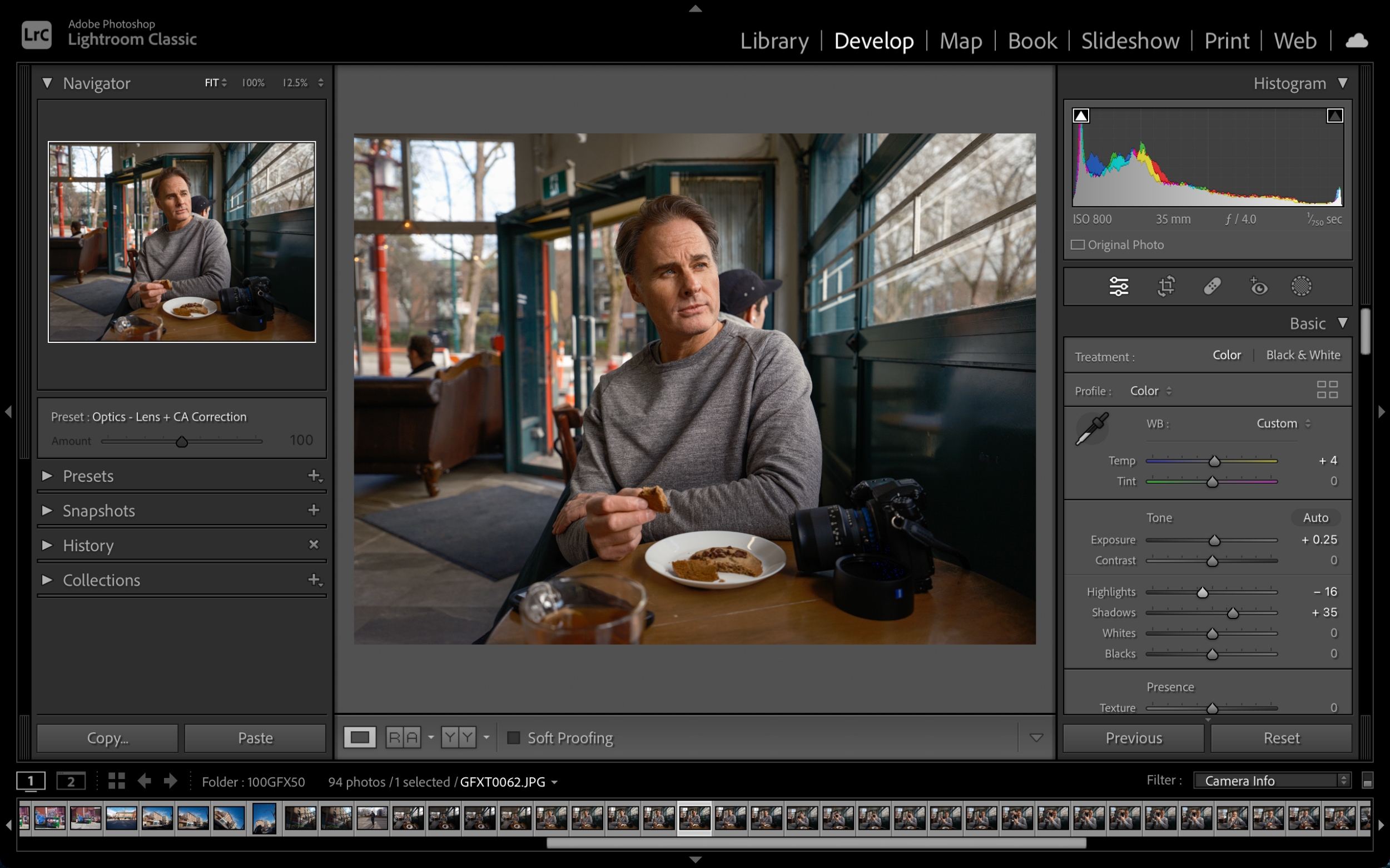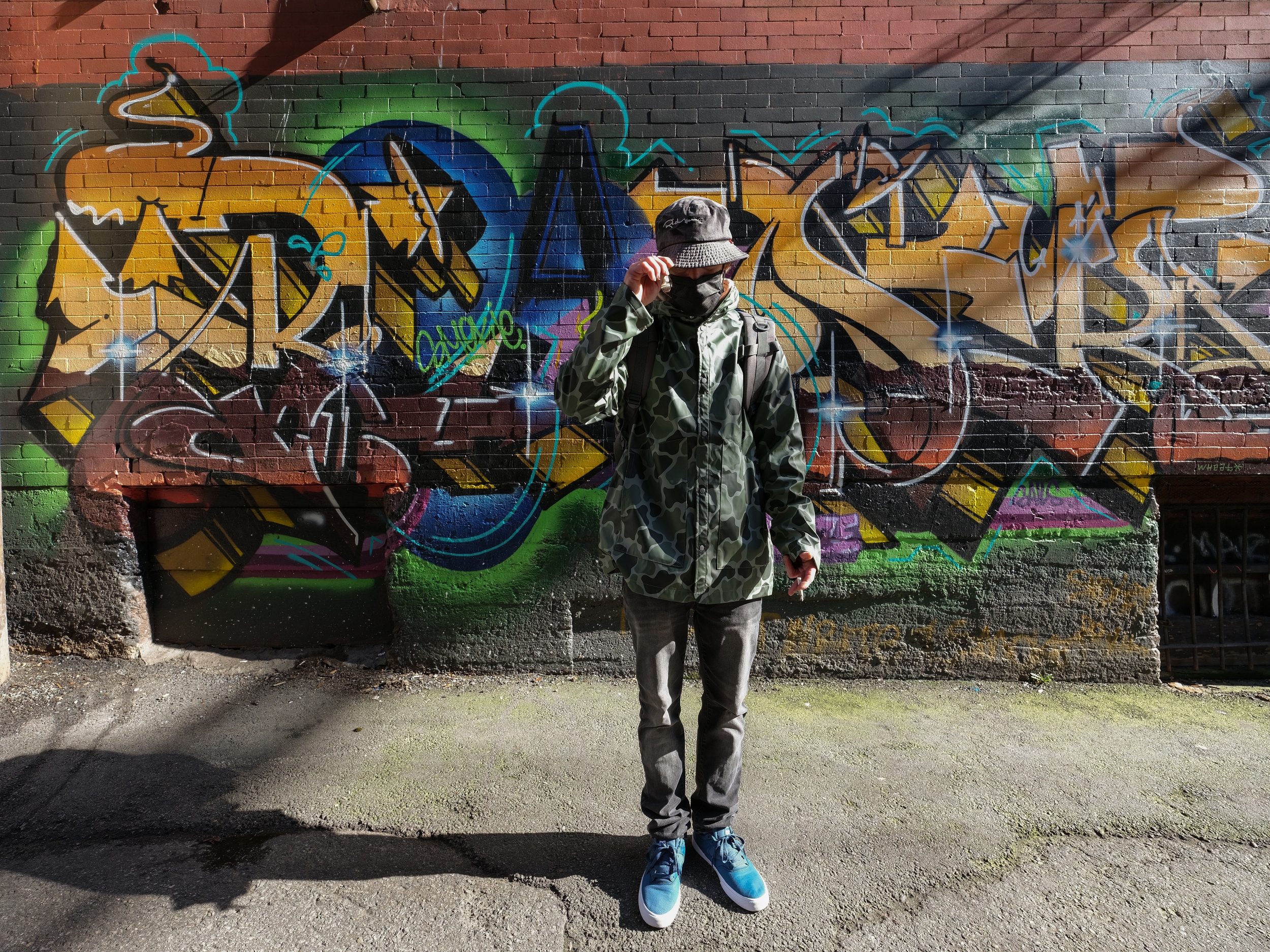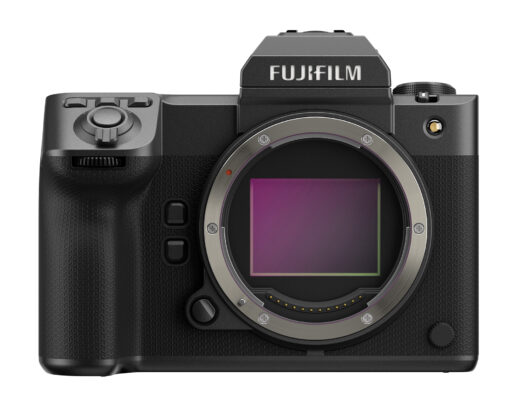When Fujifilm announced the 40MP X-H2 in 2022, I was relieved. For years I committed myself to the X Series for my entire digital workflow for both video and stills. I was content with 26MP for the past few years, but I’ve also had the opportunity to play with Fujifilm’s 50MP and 100MP medium format cameras, and I was jealous. I know I didn’t need all that extra resolution but it was fun to have in a pinch. I also review Leica camera gear; I’ve been using the 40MP Leica M10-R for the past few months, and I love the 47MP Leica Q2 and SL2. Moreover, I was accustomed to using these higher-megapixel cameras and getting the X-T5 scratched that itch for me. This got me thinking: is there any reason to buy a 50MP digital medium format camera anymore? I decided to answer that question for myself by asking Fujifilm Canada to send me the GFX50S II and the GF20-35mmF4 R WR for me to test against the X-T5 and XF10-24mmF4 R OIS.
 The first thing I want to mention is that this isn’t a clinical test between these two cameras and lenses. The older XF10-24mm zoom lens is not optimal for the new 40MP sensor, while the GF20-35mmF4 R WR can resolve beyond 100MP. In addition, due to the huge sensor-size difference, there are going to be differences in depth-of-field at the same aperture, ISO performance, rolling shutter and aspect ratio. However, the point of this comparison is to see if there is still a place in the GFX ecosystem for a 50MP camera if the X Series has a 40MP sensor.
The first thing I want to mention is that this isn’t a clinical test between these two cameras and lenses. The older XF10-24mm zoom lens is not optimal for the new 40MP sensor, while the GF20-35mmF4 R WR can resolve beyond 100MP. In addition, due to the huge sensor-size difference, there are going to be differences in depth-of-field at the same aperture, ISO performance, rolling shutter and aspect ratio. However, the point of this comparison is to see if there is still a place in the GFX ecosystem for a 50MP camera if the X Series has a 40MP sensor.
The biggest difference is size, weight and price. You can buy an X-T5 and the XF10-24mm lens for just over the price of just the GF20-35mmF4 lens on its own. In addition, the weight of the X-T5 + XF10-24mmF4 is only 42g heavier than just the body of the GFX50S II. At more than twice the price and almost double the weight, is the GFX kit twice as good as the X Series kit? If we’re only talking about the resolution, the answer is obviously no.
However, if we’re talking about image quality, there is definitely a difference between the 50MP GFX50 II and the 40MP X-T5. As a side point, since the GFX sensor has a 4:3 aspect ratio, if we cropped it down to 3:2 to match the 40MP APS-C sensor, the GFX50S II is only 45MP. However, with almost four times the sensor surface area, the 50MP medium format sensor definitely has the advantage over the 40MP APS-C sensor. Not only does it outperform the sensor in micro-contrast, sharpness (this also has to do with the lens) and dynamic range, the high ISO performance is where you start seeing the advantage of having a much larger sensor. Similar to comparing APS-C to 35mm or full-frame sensors, medium format cameras can also take advantage of the larger sensor by having a shallower depth of field at the same aperture while at equivalent focal lengths (f/4 on the GFX is close to f/2.2 on the X Series). However, if you’re looking for deeper depth of field (more in focus), the GFX can actually be a disadvantage. Overall, the image quality of the GFX50S II is better than that of the X-T5, but you will mostly notice the difference under low-light or high-detail situations, such as skin tones.
The biggest disadvantage of the 50MP medium format sensor is the rolling shutter. Once you’re in the electronic shutter mode, you need to hold the camera still for half a second after pressing the shutter button, as it takes much longer for the camera to read off the sensor vs that of the much smaller APS-C sensor. Many times I’ve taken a photo with the GFX and then quickly moved the camera, only to realize I did it mid-exposure. Even though the X-T5’s rolling shutter isn’t great, it’s much better than the GFX50S. In addition, the autofocus speed is not even close between these two cameras. Since the GFX50S II only has contrast detection, the focus feels sluggish compared to the X-T5 and its contrast and on-sensor phase detection system. Because of the rolling shutter and slow autofocus, I would not recommend the GFX50S for anything other than casual photography. I’ve always challenged myself to use the GFX system as a street photography camera but it’s not ideal due to its size and weight, in addition to the rolling shutter and slow autofocus.
When it came to using the GF20-35mmF4 R WR, I was extremely happy with it. I loved the lens but it was too big and heavy for daily use. Having the 16-28mm equivalent zoom lens on the GFX50S II that’s smaller, lighter and cheaper than the GF23mmF4 is a no-brainer for me. I’m sure overall the optics are better on the prime lens vs the zoom, but I don’t think it’s enough to justify carrying around that huge lens for such an obscure focal length. If I were to build the perfect GFX lens kit, it would be the GF20-35mm, GF45mmF2.8 and either the GF80mmF1.7 or GF110mmF2.
In conclusion, is there any reason to buy the GFX50S II in 2023? The answer is yes, but not because of the 50MP sensor. The GFX50S II is your entry point into digital medium format photography. You will definitely see the difference between the 50MP GFX sensor and the 40MP APS-C sensor. Your images will have more detail, better dynamic range, better high ISO performance and a larger 4:3 aspect ratio for more cropping options. You will also have access to high-resolving medium format lenses, designed to be used on the more powerful GFX100 and GFX100S. If your photography is mostly landscape, portraiture (3:4 vertical looks great!!), fine art or product photography, I would recommend the GFX50S II even over some of the higher-end full-frame cameras. The Fujifilm colours are amazing, the lenses are top-notch and the ability to move up to 100MP future-proofs your investment into the GFX system.
If Fujifilm decides to keep the 50MP sensor for the next GFX generation upgrade cycle, I hope they do something creative with it. I would love to see a fixed-lens GFX, something similar to the X100 series, including the hybrid viewfinder. I would also like to see the older-style dials and the return of the D-Pad, much like the X-T5. Even though I’m happy with the X-T5, I must admit the image quality of the GFX50S II is superior in almost every way. The signature Fujifilm colour science is the same but the overall look of the images goes well beyond the 10MP difference. If Fujifilm can build a 50mp BSI CMOS GFX sensor with both contrast and phase detect autofocus, add a stacked sensor design with faster throughput for improved rolling shutter and open-gate video, there would be a good reason to keep a 50MP sensor in the line-up to attract even more people into the GFX ecosystem. Thanks for reading and happy shooting!







































